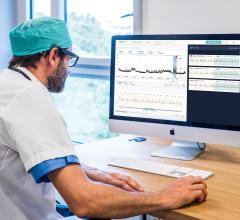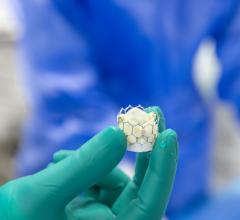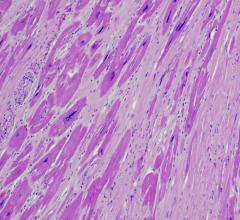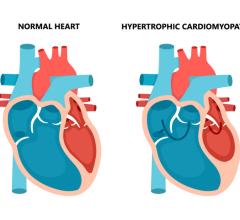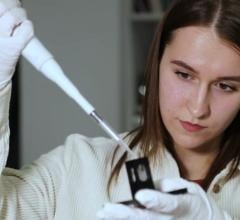January 7, 2009 - Cameron Health Inc. announced today the first CE trial implants in Europe and New Zealand for Cameron Health’s Subcutaneous Implantable Defibrillator (S-ICD) System.
The minimally invasive S-ICD system is prescribed for use in patients at risk of sudden cardiac arrest (SCA). The system is unique in that the implantation of the system is entirely subcutaneous; no leads are in or on the heart. Additionally, the company said no imaging equipment is required for placement of the S-ICD system, as all of the components may be positioned using anatomical landmarks.
Conventional ICDs require placement of at least one lead in or on the heart. Most frequently, these leads, constructed of thin insulated wires, are threaded through a vein and then placed inside the heart. These conventional transvenous leads allow for sensing of the heart’s rhythm and delivery of a life saving electric shock when a harmful arrhythmia is detected. The surgical placement and residence of these transvenous leads within the patient’s heart are associated with a significant proportion of the complications related to this well-established and highly effective therapy. In contrast, the Cameron Health S-ICD System resides just under the skin, potentially avoiding many of the complications associated with the conventional implant procedure and long-term performance. The S-ICD system is also designed for ease of placement and removal while shortening the surgical procedure time. If approved, the S-ICD system will be the first totally subcutaneous implantable defibrillator used to treat SCA, the company said.
Fourteen patients received a S-ICD as part of the CE trial, which will involve up to 55 patients at 10 centers in Europe and New Zealand. Implants performed in New Zealand were conducted by Dr. Margaret Hood at Auckland City Hospital and by Dr. Ian Crozier at Christchurch Hospital. Initial implants in Europe were under the direction of Dr. Riccardo Cappato at Policlinico San Donato Milanese Hospital in Italy and Professor Luc Jordaens at Erasmus Medical Center in the Netherlands.
“Our initial experience with this new technology has brought positive results,” Dr. Hood said. “The whole procedure was surgically simple. Once implanted, the S-ICD system can be programmed to automatically optimize the device parameters for monitoring the heart’s rhythm while removing some of the complexity inherent in conventional systems. Not having to wear a protective lead apron to avoid radiation exposure during the procedure was refreshing. All patients have returned to their normal routines and are doing well.”
Components of the Cameron Health S-ICD system include the SQ-RX Pulse Generator, Q-TRAK Subcutaneous Electrode, Q-GUIDE Electrode Insertion Tool and the Q-TECH Programmer. The S-ICD is implanted just under the skin with the electrode running parallel and slightly to the left of the sternum.
More information: www.cameronhealth.com

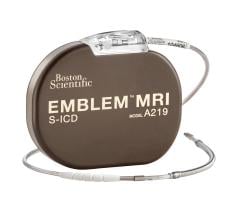
 May 18, 2024
May 18, 2024 
